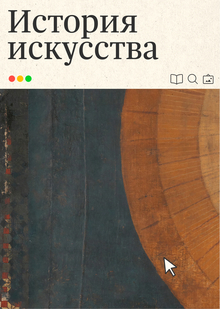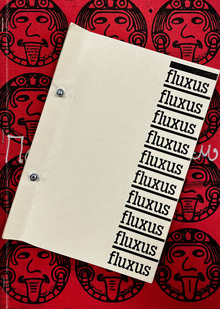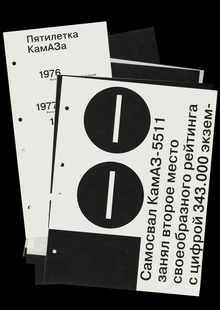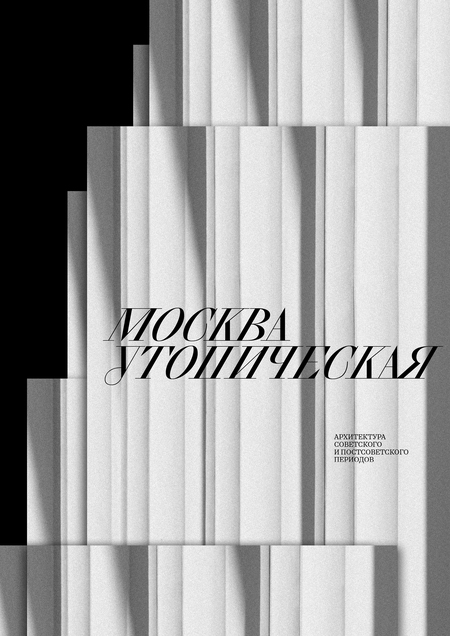
Moscow Utopian
A book on how modern Moscow was formed: what social utopia influenced the city’s architecture in the Soviet and post-Seuet periods, why kitchen factories were built, what ideas the Stalin Heights and the Luzhkovian molls were broadcasting, what the value of paper architecture was, and finally why the Kraushov building was good.
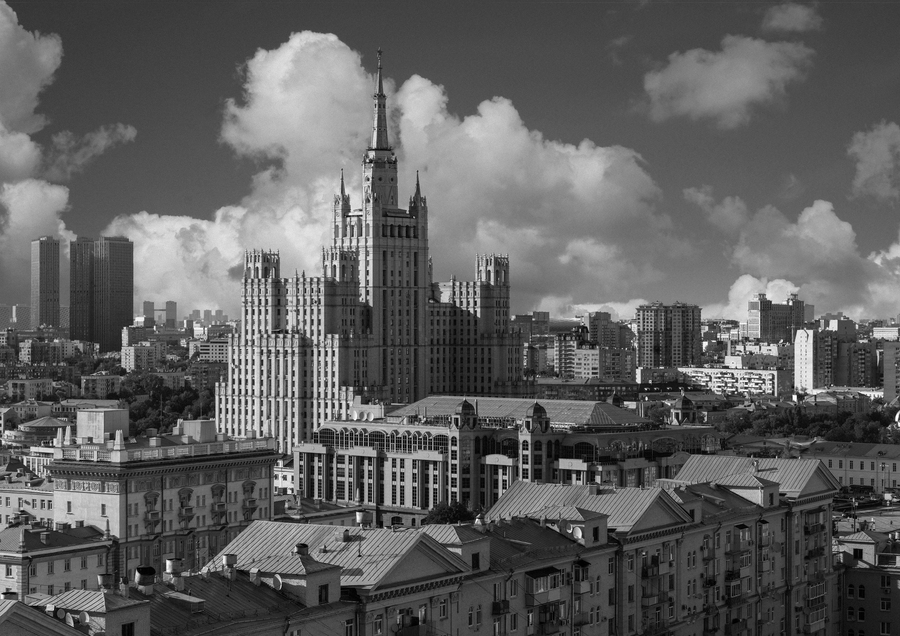
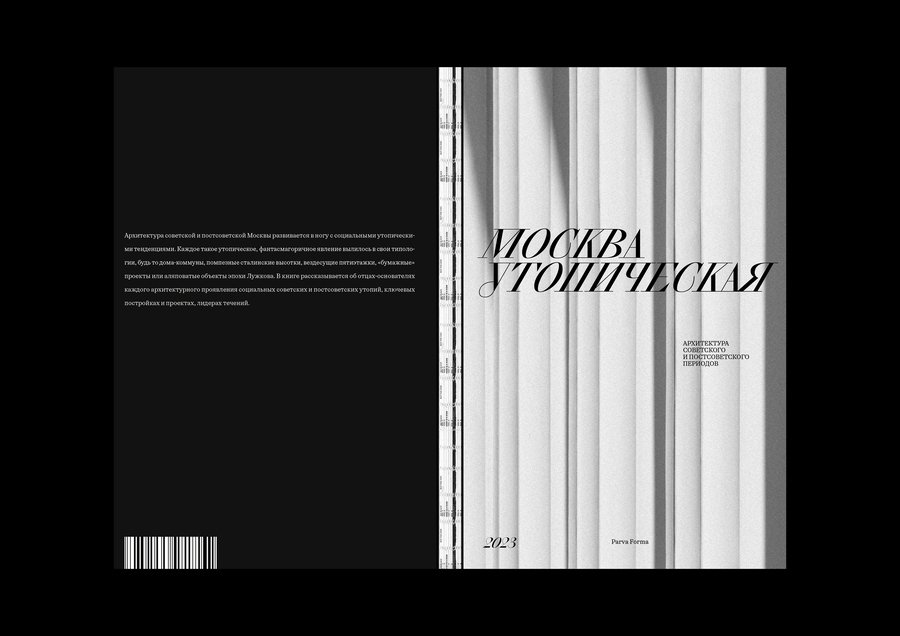
Cover
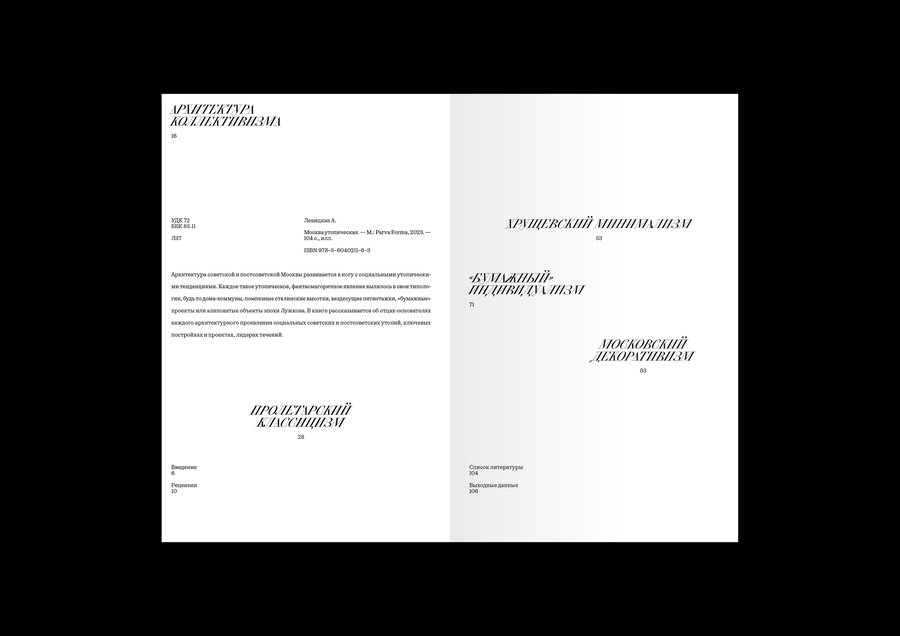
Table of contents, mandatory output elements of the publication, annotation
Introduction
The printing of the various chapters is based on the nature of the individual phenomena described therein. Depending on the content of the chapter, the billboard, signatures and bibliographic footnotes are transformed.
Collective architecture. In the pandan of designist projects, the head got a monolithic, geometrical image.
The architecture changes, and the book replaces the avant-garde shapes with the classic shapes.
The drafting of a chapter on the Crushe architecture was based on the strict grid structure and rhythm of the facades of five-storey houses.
The drafting of a chapter on the Crushe architecture was based on the strict grid structure and rhythm of the facades of five-storey houses.
Interest in a mass house is fading, and the new architectural forms are still only left on paper — the leaves of the wattman with the fine graphics and the explanatory texts that encapsulate it.
Format: 180×280 mm Fonts: Oceanic Text Book, CSTM Xprmntl 02 (TT)
